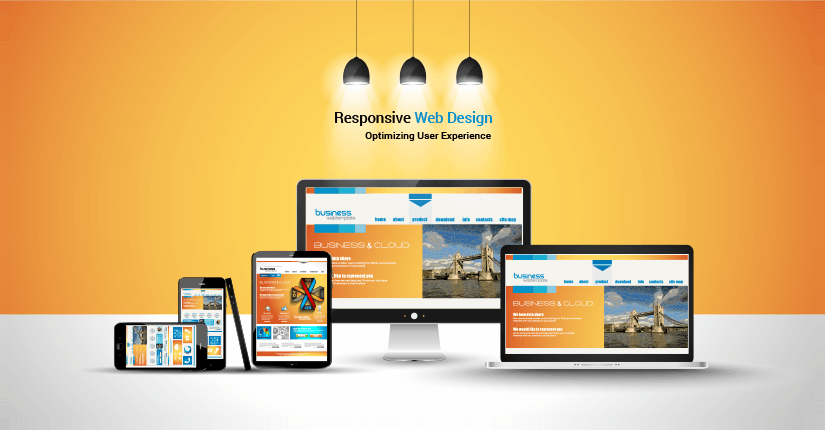In today’s digital age, it’s essential for businesses to have a website that is accessible and functional on every device. With the rise of smartphones and tablets, users are accessing websites from a variety of different devices and screen sizes. This means that website design must be responsive, meaning that it adapts to the device it’s being viewed on. In this post, we’ll explore the importance of responsive design and how to ensure that your website works on every device.
What is Responsive Design?
Responsive design is an approach to web design that aims to create a website that adapts to the size and orientation of the user’s device. This means that the website will look great and function properly on any device, whether it’s a desktop computer, laptop, tablet, or smartphone. Responsive design achieves this by using flexible grids, images, and CSS media queries to adjust the layout of the website based on the screen size and orientation of the device.
Why is Responsive Design Important?
The importance of responsive design cannot be overstated. Here are a few reasons why it’s essential for your website:
- Mobile Usage is on the Rise: According to Statista, the number of mobile phone users worldwide is expected to reach 7.33 billion by 2023. With more and more users accessing the internet from their mobile devices, it’s essential that your website is accessible and functional on every device.
- Improved User Experience: A responsive website provides a better user experience for visitors. With a responsive design, users don’t have to pinch and zoom to read content or navigate the site. Instead, the website will automatically adjust to the device’s screen size, providing a seamless user experience.
- Increased Conversions: A responsive website can lead to increased conversions and sales. According to Google, 61% of users are unlikely to return to a mobile site they had trouble accessing, and 40% will visit a competitor’s site instead. By providing a seamless user experience on every device, you can increase the chances of visitors converting into customers.

“”Responsive design is not just about adjustable screen resolutions and automatically resizable images, but rather about a whole new way of thinking about design.” – Jeffrey Zeldman”
- How to Ensure Your Website Works on Every DeviceNow that we understand the importance of responsive design, let’s explore some tips for ensuring that your website works on every device:
- Use a Mobile-First Design Approach: When designing your website, start with the mobile version first. This ensures that the most important elements of your website are visible and accessible on smaller screens. From there, you can expand the design to larger screens.
- Use a Responsive Framework: There are many responsive frameworks available that can help you create a responsive website quickly and easily. Popular frameworks include Bootstrap, Foundation, and Materialize. These frameworks provide a solid foundation for your website and include pre-built responsive components that you can use.
- Optimize Images: Large images can slow down your website, especially on mobile devices. Make sure to optimize your images for the web by compressing them and using the correct file format. You can also use responsive images, which serve different images based on the user’s device and screen size.
- Use CSS Media Queries: CSS media queries allow you to apply different styles to your website based on the user’s device and screen size. This allows you to create a customized experience for each device. For example, you can hide certain elements on smaller screens or adjust font sizes based on the screen size.
- Test Your Website: Testing is essential to ensure that your website works on every device. Use tools like Google’s Mobile-Friendly Test to check if your website is responsive and mobile-friendly. You can also use device emulators or physical devices to test your website on different screen sizes.








